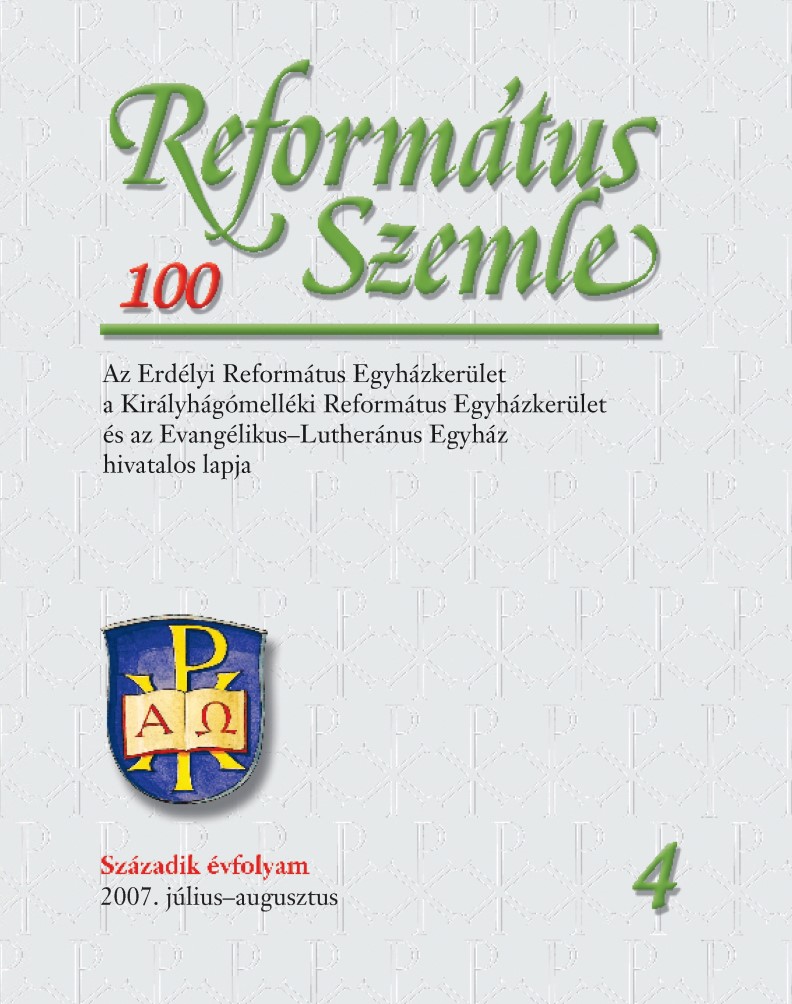Déva és Hátszeg református egyházközségeinek 18. századi textíliái
The 18th Century Textiles in Déva and Hátszeg Area Reformed Churches
Author(s): Iringó HorváthSubject(s): Fine Arts / Performing Arts, Visual Arts, Theology and Religion
Published by: Erdélyi Református Egyházkerület
Keywords: textile art;Southern Transylvania;
Summary/Abstract: The two chosen congregations can be found in towns of the historical Hunyad-Zarand region. Among the characteristics of this Transylvanian area is that it lost a major Hungarian population during the last centuries. Reformatted congregations died out so many historical and cultural monuments and objects were also lost in time. The congregations of Deva and Hatszeg have a specific character. In the last century many objects were moved here, on purpose to save them, from the surrounding churches, where no reformatted lived anymore. Unfortunately only a few textiles survived till our days: at Deva – two pieces, at Hatszeg – three pieces. One of them was donated to Deva, and one to Hatszeg, as we can read from the inscriptions on the textiles, telling us also by whom and when they became property of the congregation. From earlier documents can we localize another in scripted (the name of the donator and date) piece to Nagypesteny, now found at Hatszeg. But in case of two textiles we have no information about their origin. All five textiles, having a white cross fabric material of flax or cotton, were embroidered with colored silk and metallic threads, showing mostly floral patterns. The present study / article presents in detail these embroideries which are specific artifacts of the 18th century Transylvania.
Journal: Református Szemle
- Issue Year: 100/2007
- Issue No: 4
- Page Range: 863-870
- Page Count: 7
- Language: Hungarian

